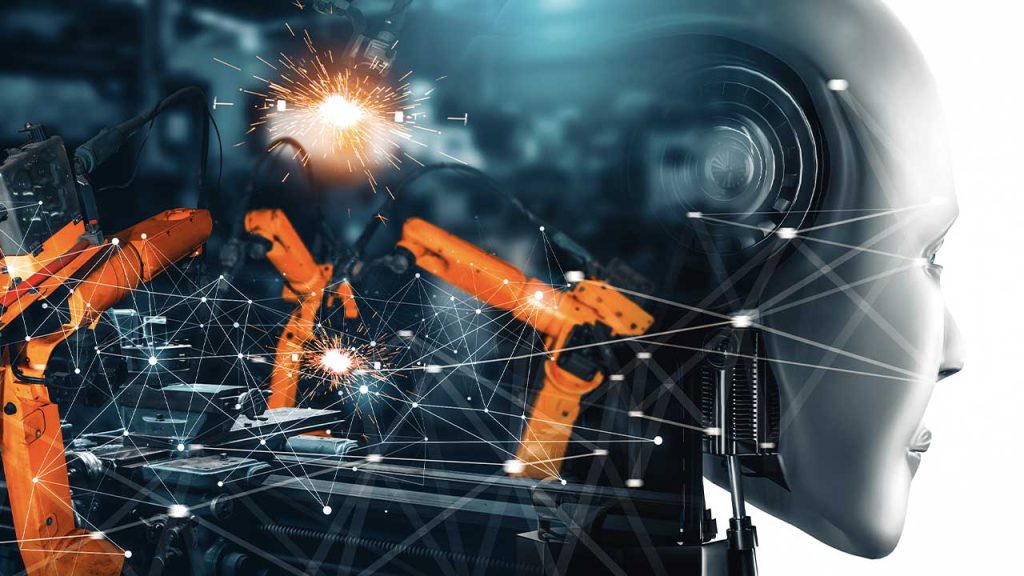How Manufacturers Can Build Real Momentum in Digital Transformation | SPONSORED
At the Automate Show in Detroit, Gregory Tink, Digital Transformation Consulting Director at Schneider Electric, shared a clear and actionable approach to industrial digital transformation—one that moves beyond buzzwords and into scalable, measurable progress.
Start with Strategy, Not Technology
Too many manufacturers jump straight into pilots or advanced technologies like AI and digital twins, bypassing the foundational work of building a strategy and aligning teams around a shared vision.
The first critical step is to define the why behind the transformation. What is the organization trying to achieve? Without this clarity, it’s easy to chase fragmented projects that don’t tie back to business goals.
Aligning Frontline Teams with Executive Vision
Tink emphasized the importance of aligning the shop floor with the boardroom. This requires both incentives (“the carrot”) and accountability (“the stick”). Employees change behaviors when they’re rewarded for the right actions. Resistance is inevitable but manageable when there’s a clear roadmap and support systems in place.
Redefining KPIs for the Digital Age
Traditional metrics like OEE (Overall Equipment Effectiveness) are no longer sufficient on their own. While still relevant, they can limit the scope of transformation by focusing too narrowly on equipment efficiency. Gregory Tink suggests moving toward a broader set of KPIs that reflect operational agility, workforce engagement, and data-driven decision-making.
Quick wins remain important, but they must connect to long-term goals. These short-term improvements should be tied to a business case and tracked for ROI, not pursued in isolation.
Data Strategy Before AI Ambitions
Companies eager to implement AI often overlook a fundamental question: do they have the right data, and is it accessible and contextualized? Without a data strategy that spans from sensor to cloud, AI efforts will underdeliver or fail outright. Organizations should assess their AI readiness before investing in advanced solutions.
Rethinking “Digital Transformation”
The term itself can be intimidating and vague. Gregory Tink proposes reframing it as operational evolution—a more accurate and approachable concept that reflects the goal of improving how manufacturers operate using digital tools. It emphasizes continuous improvement rather than one-time overhauls, and it aligns better with industrial culture focused on operational excellence.
Sponsored by Schneider Electric
About the author
Lucian Fogoros is the Co-founder of IIoT World
Related articles:

